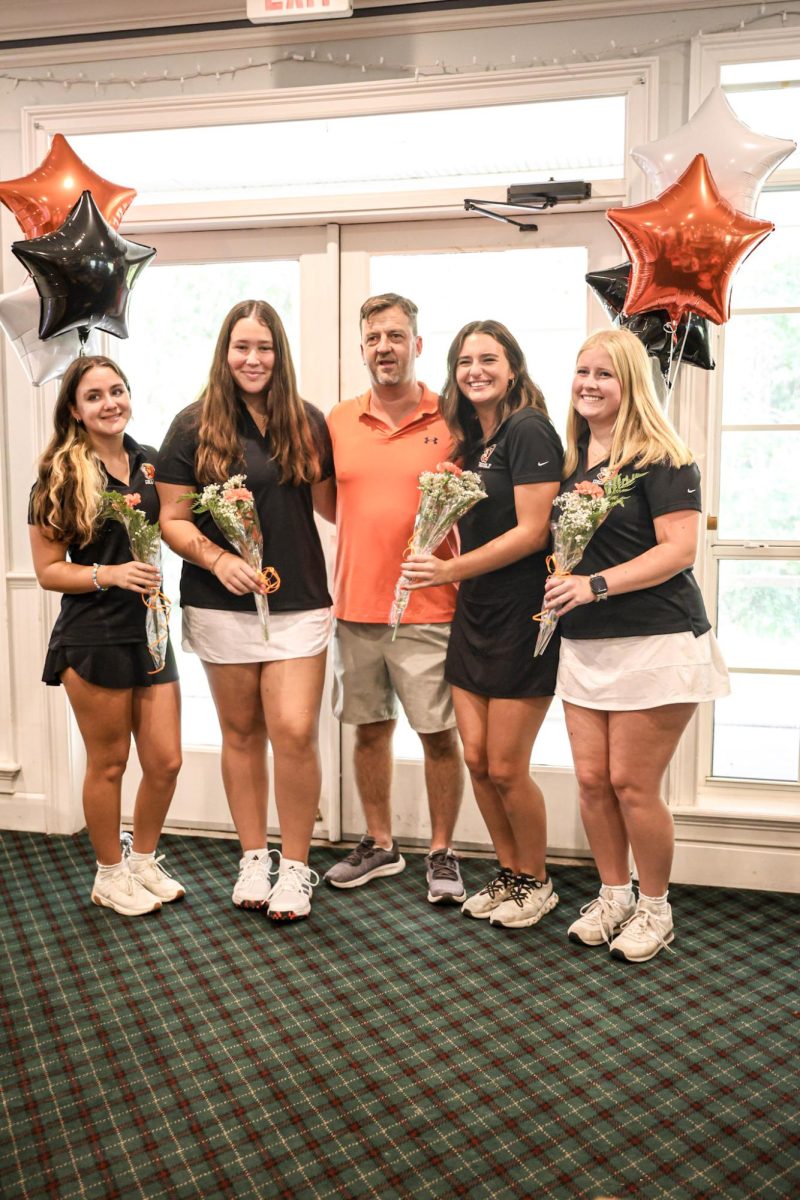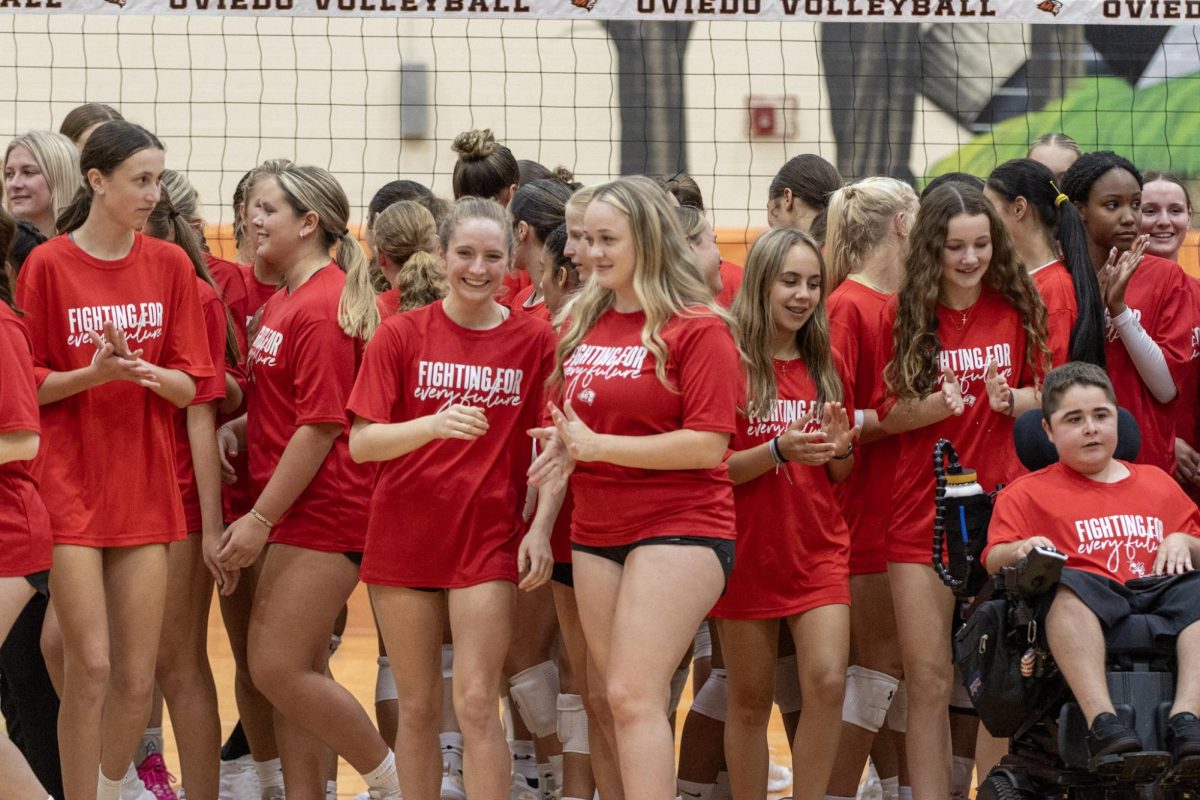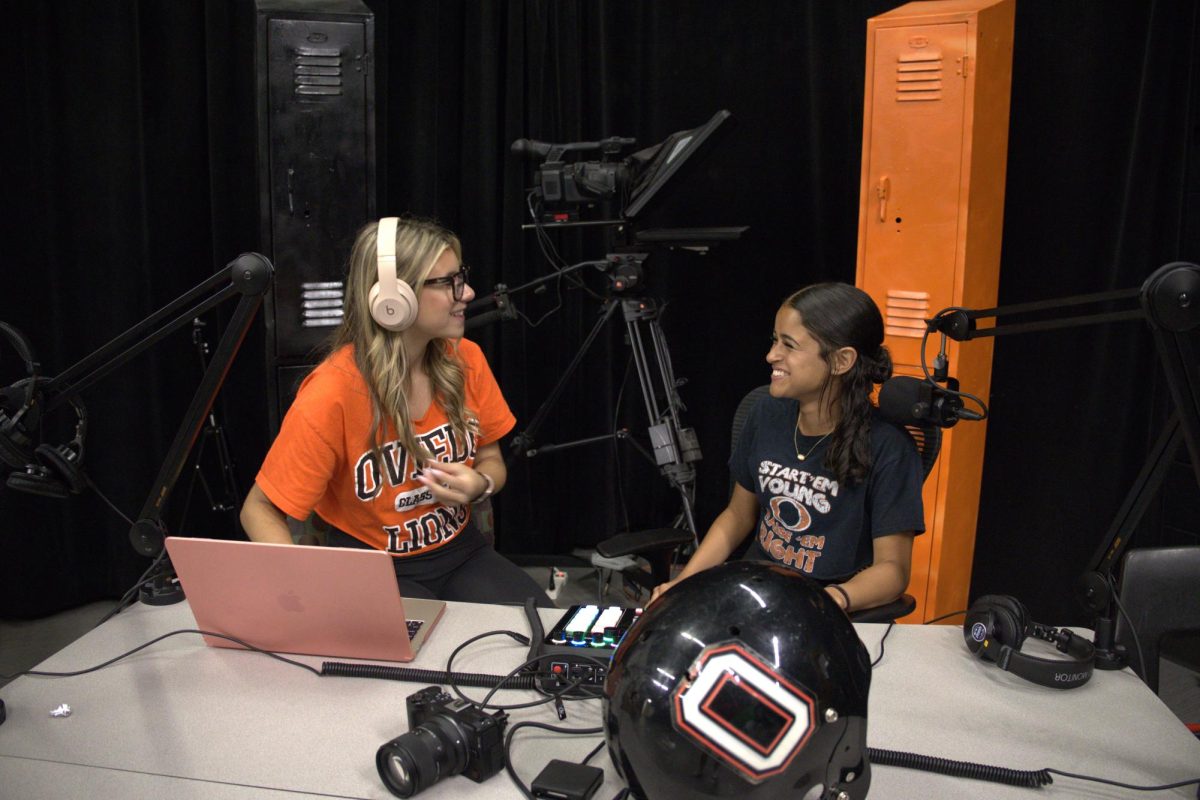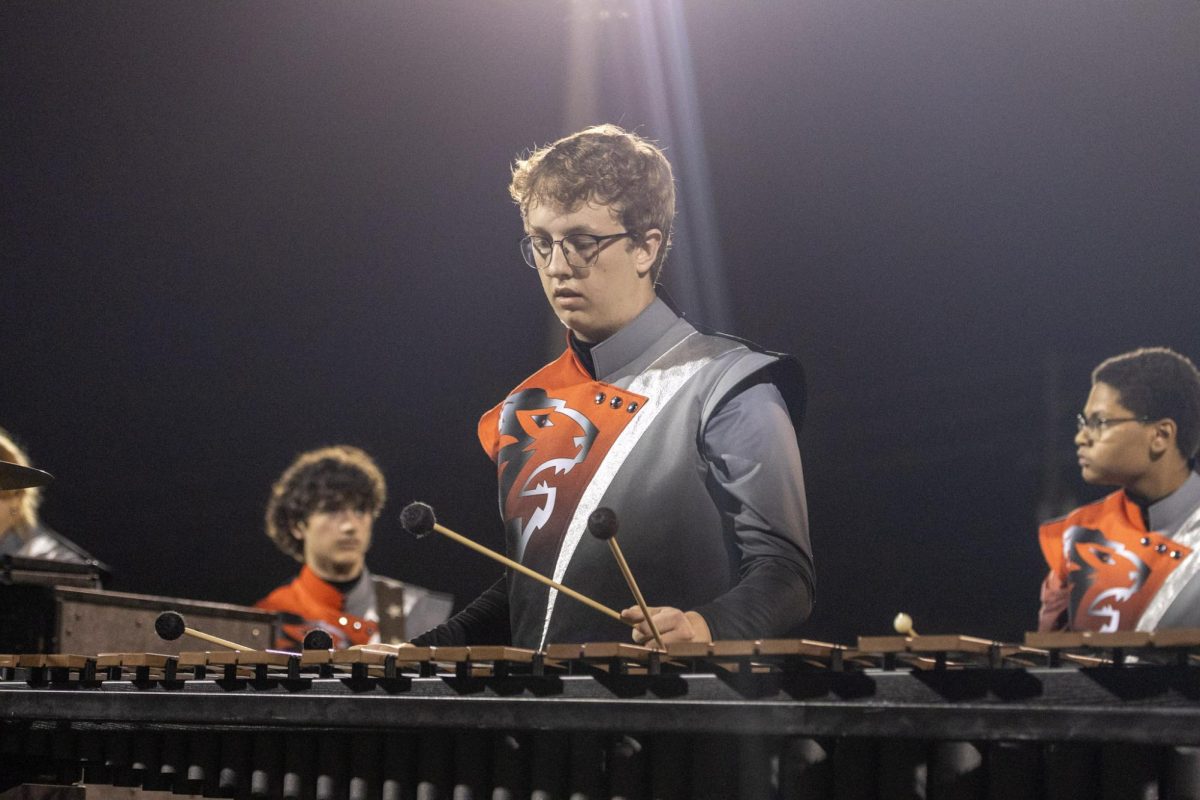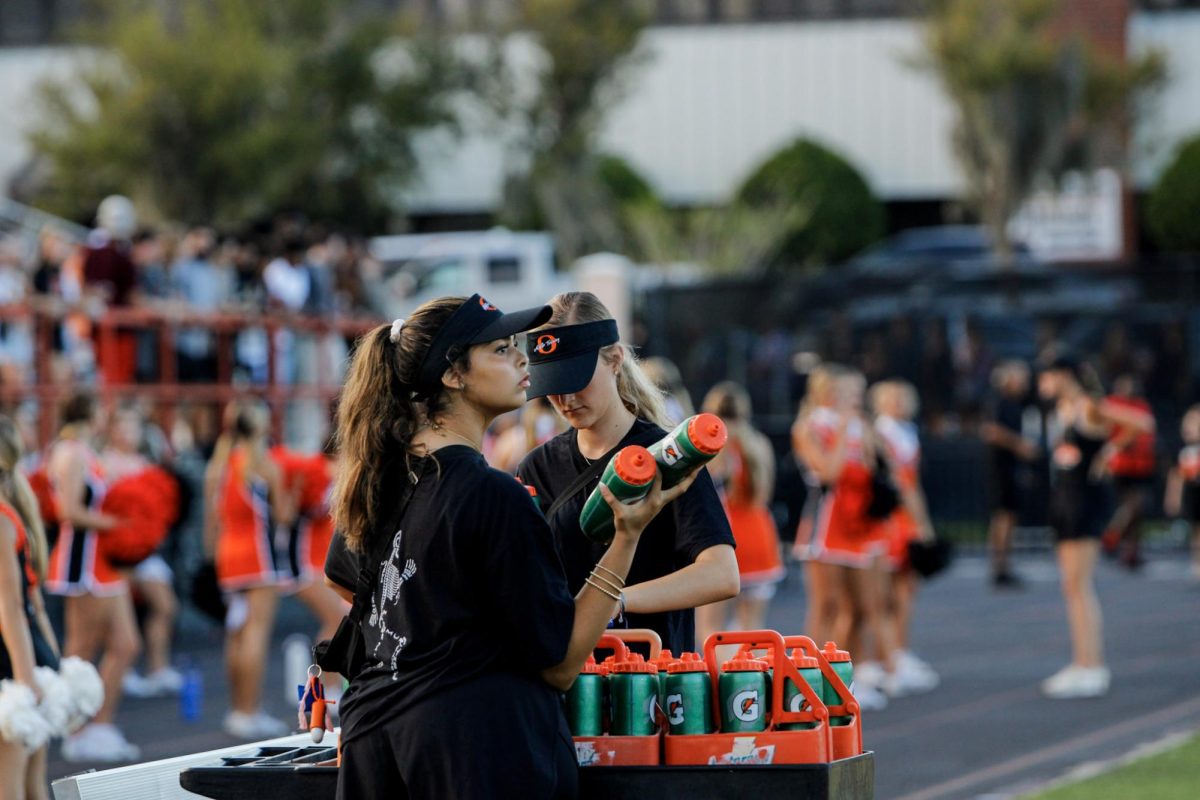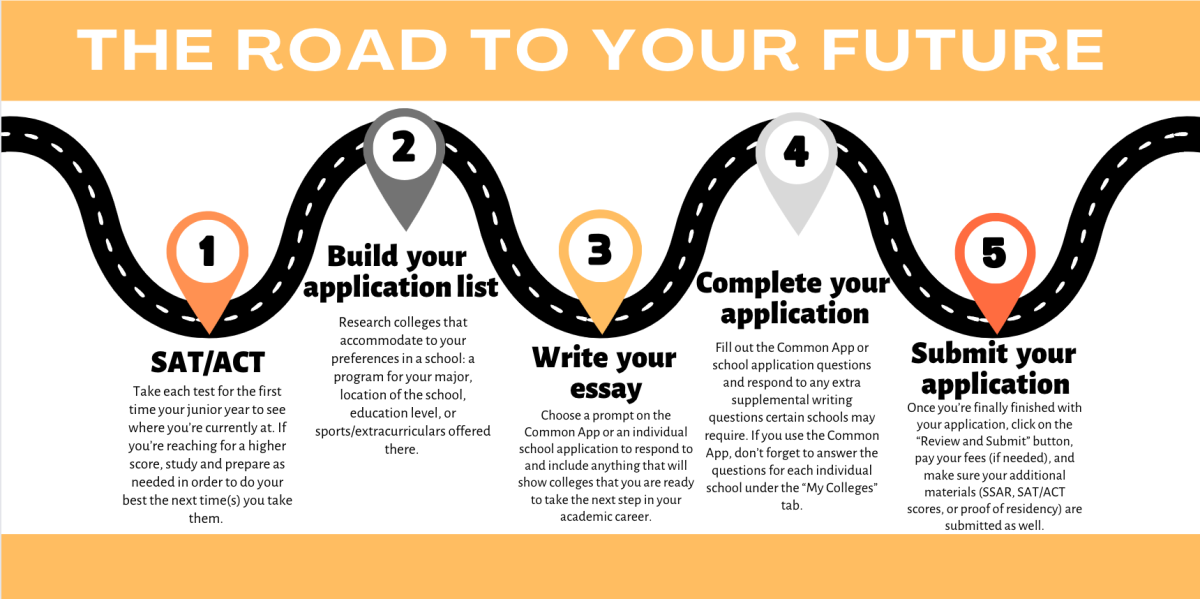With the fall of 2023 nearing an end, most of Oviedo’s seniors are wrapping up some of the most stressful months of their lives: the college application season. So much goes into each student’s application: the Common App or individual school application, the Self-reported Student Academic Record (SSAR), standardized test scores, and the universally dreaded personal essay.
The college application process can be seemingly endless without a proper plan, especially since most of it coincides with the first semester of the high school year. To prevent most of the stressful overlap of school and application work, most students will begin working on their college preparations up to a year prior to when they’ll be applying.
“My biggest piece of advice would be to start thinking about applications early on,” said senior Mikayla Barton. “You have such a small space to sum up your entire high school existence; you want to make it count”.
For example, most applicants will take their first SAT and ACT in the fall of their junior year. Depending on their scores from those sessions, students can choose to retake either test as many times as they want in pursuit of their goal scores.
The next step in the application process is to begin doing research on schools to apply to. Some applicants begin researching the best school for their potential major, then factoring in other aspects such as sports or location to narrow down their list of options. It’s important to remember that each application submission costs money, so applying to 10+ different schools at once may not be practical for every applicant.
“I largely considered the location of the schools I applied to because I want to be able to visit my family as much as possible,” said senior Maya Cabal, who mainly applied to Florida schools. “A more unique factor I took into account is if I was able to run Divison I cross country at each school.”
Once the second semester of junior year rolls around, most students will begin to think about the infamously dreaded personal essay. Ideally, applicants will pick a Common App prompt to respond to during the end of their junior year, then write the essay over the summer before their senior year. This, however, is a simplified schedule that not all students follow, depending on time management and whether or not their colleges require personal essays.
Beginning to fill out the Common App and individual school questions can be an interchangeable step with writing the personal essay, so it can be beneficial to plan out the completion of each task beforehand.
The next step in the process is to review and submit the completed application, which should include all of the completed application questions, a personal essay (if needed), and any supplemental writing questions some schools may require. After submitting the application, there is normally a required application fee that some applicants can opt out of depending on their personal circumstances.
The final step in the college application process is to ensure all applicant materials are submitted. This may include standardized test scores, the SSAR, proof of residency, or a high school transcript. Most schools will provide applicants with an ID number and password to login to their application status page on the school’s admissions website after the application is submitted. This is where students can ensure that the school has received all of their materials and view the status of their application.
“…you want to make sure you are entirely proud of what you have submitted,” said Barton. “It is all about being intentional in the way you present yourself.”
The college application process may seem like a lot of work, but given the right schedule and time management, it’s possible for any college-bound student to survive one of the most defining periods of their life.
“I wish I knew how much time I truly had to apply,” said senior Sascha Levy. “Don’t stress; you have plenty of time and everything will work out in the end”.



